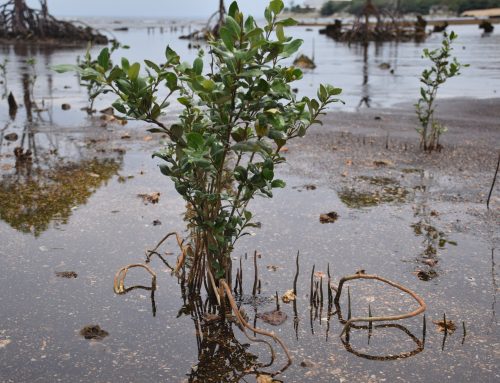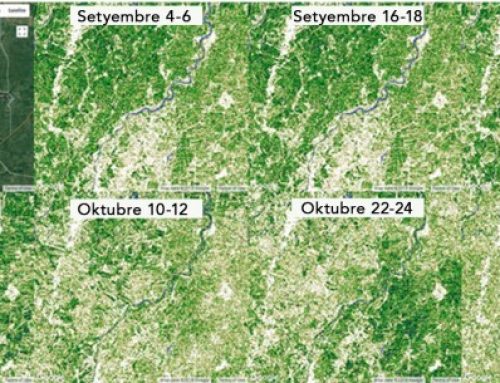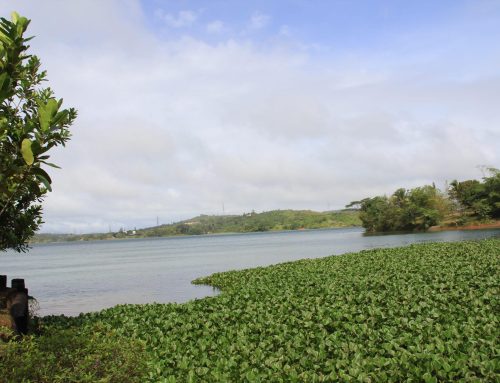In this Article
The Philippines is one of the most vulnerable countries to climate change impacts. Increasing temperatures and stronger typhoons have been equated to loss of lives and damage to properties. This compels the need for long term mitigation measures such as increasing forest cover to efficiently absorb carbon in the atmosphere. Carbon dioxide is one of the major greenhouse gases that causes global warming and consequently, climate change.
There have been various efforts by both private and government sectors to rehabilitate degraded land areas to increase forest cover for environmental sustainability. The flagship reforestation program of the government, particularly the Department of Environment and Natural Resources (DENR), is the National Greening Program (NGP). By virtue of Executive Order No. 26, series of 2011, the NGP was established to reforest 1.5 million hectares of unproductive, denuded, and degraded forest lands across the Philippines. The objectives of the program are environmental stability, climate change adaptation, food security, poverty alleviation, and biodiversity conservation.
However, more than almost 13 years after NGP’s implementation, measuring the impacts of the project in terms of climate change mitigation remains to be a challenge.
In support, DOST-PCAARRD funded a project which developed a novel innovation to evaluate the status of selected NGP sites using soils vis-à-vis its climate change mitigation and environmental stability objectives. The project, “Stable Isotopes-Based Evaluation of the Climate Change, Mitigation Potential, Recovery Status, and Resilience of Reforested Soils Under the National Greening Program in Selected Critical Watersheds in Luzon (ReforeStable Carbon-Plus),” was implemented by the Philippine Nuclear Research Institute (PNRI).
The study was able to determine the impact of reforestation on the soil organic carbon (SOC) sequestration by comparing the carbon pools in reforested sites with natural forests and including the measurement of NGP’s contribution to the SOC pool. SOC is the amount of carbon stored/sequestrated in soil which is related to an ecosystem’s capacity to mitigate climate change.

The pilot study of using stable-isotopes in reforestation was conducted in NGP plantations located in two major watersheds in the country, namely, La Mesa and Ipo watersheds.
Results of the study revealed that the soil in the sites are in a “transition phase,” which confirms the vegetation conversion from grassland to forest. NGP sites led to a recovery of about 11% to 93% of the above-ground carbon stock and more than 90% of the SOC stock.
Soil isotope (Delta 13C) in litter and soil collected from NGP further displayed similarities with those from reference forests, further confirming the shift in vegetation. Measuring stable isotopes in soils provides information on how much carbon was added to the soil because of reforestation.
These results generally imply that NGP forests showed their potential to recover the pristine above-ground and SOC stock with the appropriate reforestation design. Given its young age, an NGP forest is yet to be observed with a significant contribution to the overall soil C pool.
Identifying the factors causing site differences in SOC recovery in reforested areas would allow for a better understanding of forest carbon sequestration. Knowing these factors will provide an opportunity to improve reforestation program design and to maximize the potential of forests to absorb and offset carbon emissions.
As a way forward, the project is programmed to be upscaled to other NGP sites in the Philippines to further develop the protocol and methodology in evaluating climate change mitigation potential of reforestation programs using soil isotopes.
The importance of forest carbon projects such as the NGP cannot be overstated. Given the country’s vulnerability to climate change impacts, continued efforts to improve forest cover and monitoring these mitigation initiatives are essential. Advances in science are seen to aid in ensuring that the objectives of these interventions are met, and that ecosystem protection is upheld towards a resilient and vibrant environment for the people.








